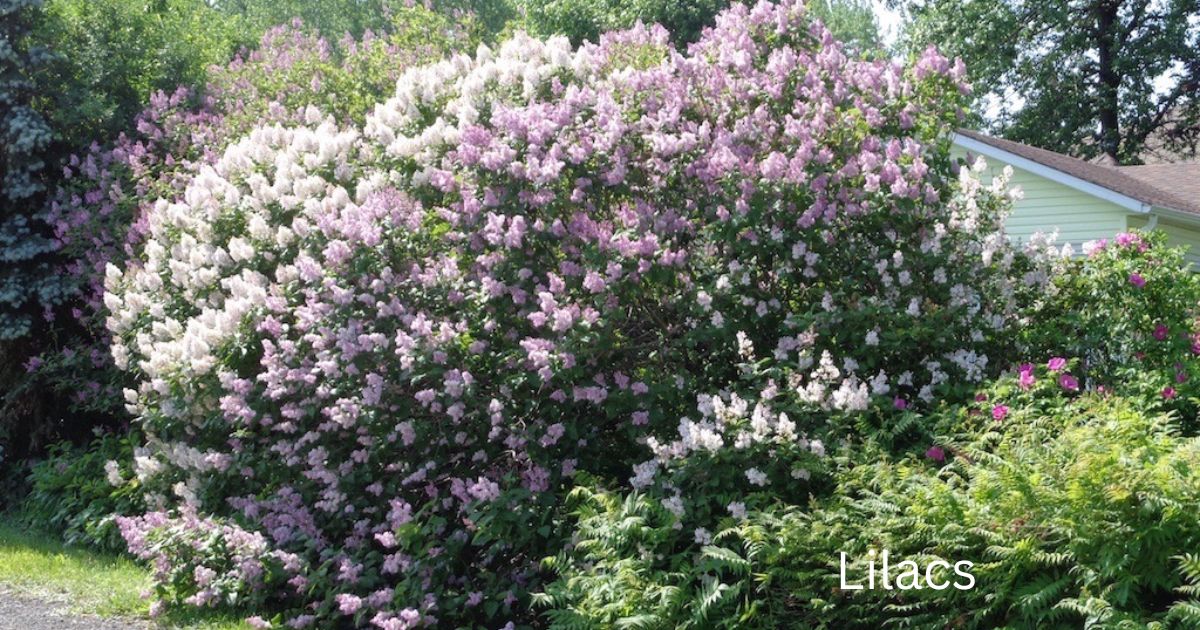Lilacs are a spring favorite, their fragrance and color are unmatched. Knowing when they bloom can enhance your garden experience. Even though lilacs are known as harbingers of spring, the bloom time can vary widely based on where you’re growing them. In cooler climates, you might see them start as early as mid-April, while in warmer areas, May is more typical.
Sunlight plays a huge role in helping lilacs hit their bloom stride. They thrive in full sun—think six hours a day at least. If they’re not getting enough light, you’ll see a reduction in blooms, simple as that. Keep your lilacs basking in warm sunshine, and they’ll reward you without hesitation.
Soil conditions also make a mark on how plentiful those lilac blooms will be. While they aren’t too picky, lilacs do prefer well-drained, slightly alkaline soil. If your soil is way off that radar, you might wanna amend it with some lime to raise the soil pH a bit. This helps make nutrients more available to the lilacs, promoting a healthier growth.
Water’s another biggie that affects lilac blooming times. While young plants need regular water to get established, mature lilacs are a bit more drought-tolerant. They’re not keen on wet feet though. It’s a balance act—you want to keep the soil moist, but not soggy. Consistency here keeps the lilac’s bloom cycle on point.
Optimizing Planting Conditions for Healthy Lilacs
Getting the spot just right is key to seeing lilacs thrive in your garden. You’re looking for a place bathed in sunlight for most of the day. Lilacs need good air circulation, so avoid planting them in cramped spots or too close to buildings.
The soil should be well-draining, a bit on the alkaline side. If the ground is too compacted, consider adding compost or sand to loosen things up. This ensures roots can spread easily and access nutrients efficiently.
As for watering, set a schedule that allows the soil to stay just moist—a bit like a damp sponge—without becoming waterlogged. This is crucial to avoid root rot, which lilacs can be pretty susceptible to.
Choosing the right lilac variety can make a whole world of difference. From the classic lavender to vivid pinks and whites, there’s a color for every garden. Some types bloom earlier, others later, offering flexibility depending on your local climate conditions.
When it comes to feeding, lilacs aren’t needy. A light hand with a balanced fertilizer once a year, ideally in late fall or early spring, is more than enough. Over-fertilizing, especially with nitrogen, can lead to lush leaves but fewer blooms.
Positioning and care can make a real difference in how well your lilacs grow. Keep them happy with the right sun, soil, and water conditions, and they’ll shower your garden with stunning blooms year after year, that even bees and butterflies will enjoy.

Advanced Care Techniques for Maximizing Blooms
Pruning lilacs might seem daunting, but it’s crucial for getting those stunning blooms. The trick is timing. Prune right after flowering, cutting back select branches to promote air circulation and new growth. Remove any dead or diseased wood to keep the plant healthy.
If you want to see more blooms, consider deadheading, which is simply removing spent flowers. This redirects energy back into the plant and encourages a fuller display the following year.
Lilacs can face challenges from pests like borers and leaf miners. Keeping an eye out for damaged leaves and stems can help you act quickly before things get out of hand. Using mild insecticidal soap can treat these issues effectively without harming the plant.
Diseases such as powdery mildew can also be a bother, especially in damp conditions. Ensuring good airflow around your lilacs helps prevent this, along with careful watering strategies to keep leaves dry.
With the right care, you can boost the health and beauty of your lilacs. Tackle any issues promptly, and continuously refine your care techniques to suit your garden’s needs. A little extra attention goes a long way in maximizing the spectacle of your lilac blooms.
In the spring you can bring a few of the Lilac blooms into you home, putting them in a container with water for a refreshing smell to enjoy.
